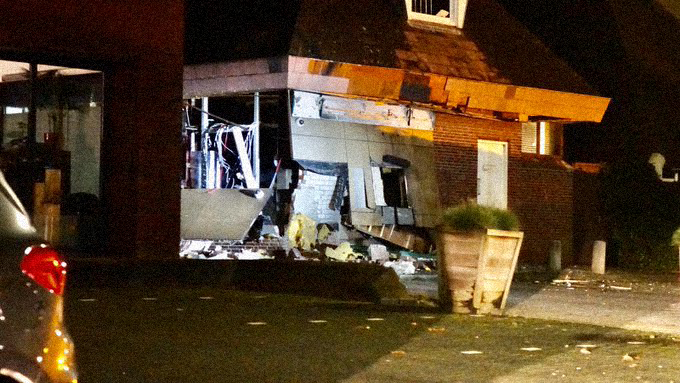Recent reports of the escalating number of explosive attacks in the Netherlands highlights the increasing need for the ATM industry to find a way to deter criminals from this dangerous crime. Until a solution is found, ATM deployers believe they have no alternative other than to take ATMs out of locations where explosive attacks could be a serious risk to human lives.
A recent whitepaper, ‘Protecting society from ATM explosive attacks’, written by TMD Security and Gunnebo, a leading manufacturer of ATM safes, analyses the root cause of these attacks and best practice defence. The conclusion is that the only way of addressing the problem is by rendering the cash worthless. Staining the cash with ink is a proven deterrent. In South Africa for example, where there was a serious problem with criminals blowing up ATMs with solid explosives, ink-staining is now used on more than 15,000 ATMs, and ATM attacks have been significantly reduced according to SABRIC (South African Banking Risk Information Centre).
However when it comes to ink-staining, most solutions do not actually cover the cash with enough ink in an explosion. This is because most are active ink-staining solutions, usually referred to as IBNS (Intelligent Banknote Neutralisation Systems) systems, which only work when sensors detect an explosion then trigger the release of the ink. The shockwave of a solid explosion is so fast, that the system is typically destroyed before the ink is released. A passive system such as TMD Security’s Note Staining Kit (NSK 7000) on the other hand, does not have electronics or sensors. As soon as the explosion happens, the shockwave ruptures the ink containers and the notes are instantly covered with ink.

Here are 10 reasons why passive note staining is the only effective defence against ATM gas and solid explosive attacks:

Contact us for a copy of the Whitepaper or more information on TMD’s Note Staining Kit.

